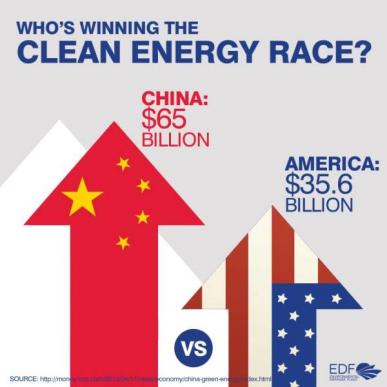 Pope Francis turned a keen eye toward the environment and the problem of climate change with his encyclical,“Laudato Si” (“Praised Be”), released yesterday. As a clean energy advocate, I’m heartened that Pope Francis recognizes the need to transform our energy system.
Pope Francis turned a keen eye toward the environment and the problem of climate change with his encyclical,“Laudato Si” (“Praised Be”), released yesterday. As a clean energy advocate, I’m heartened that Pope Francis recognizes the need to transform our energy system.
He writes not as a scientist or politician, but as a pastor and spiritual leader. He offers moral guidance rooted in an “integral ecology” based on fundamental Catholic teaching about care for all creation. And while we can and should measure, analyze, and debate climate change using the tools of science, we cannot hope to find adequate solutions without a shared moral understanding of what it means to take care of each other and the planet. That’s not just the Pope’s idea, either – that’s the argument of world renowned economist Jeffrey Sachs and others.
A leading voice without political boundaries, the Pope has the ability to reach people who previously could not or would not face the reality of climate change and, ultimately, inspire action. Read More













